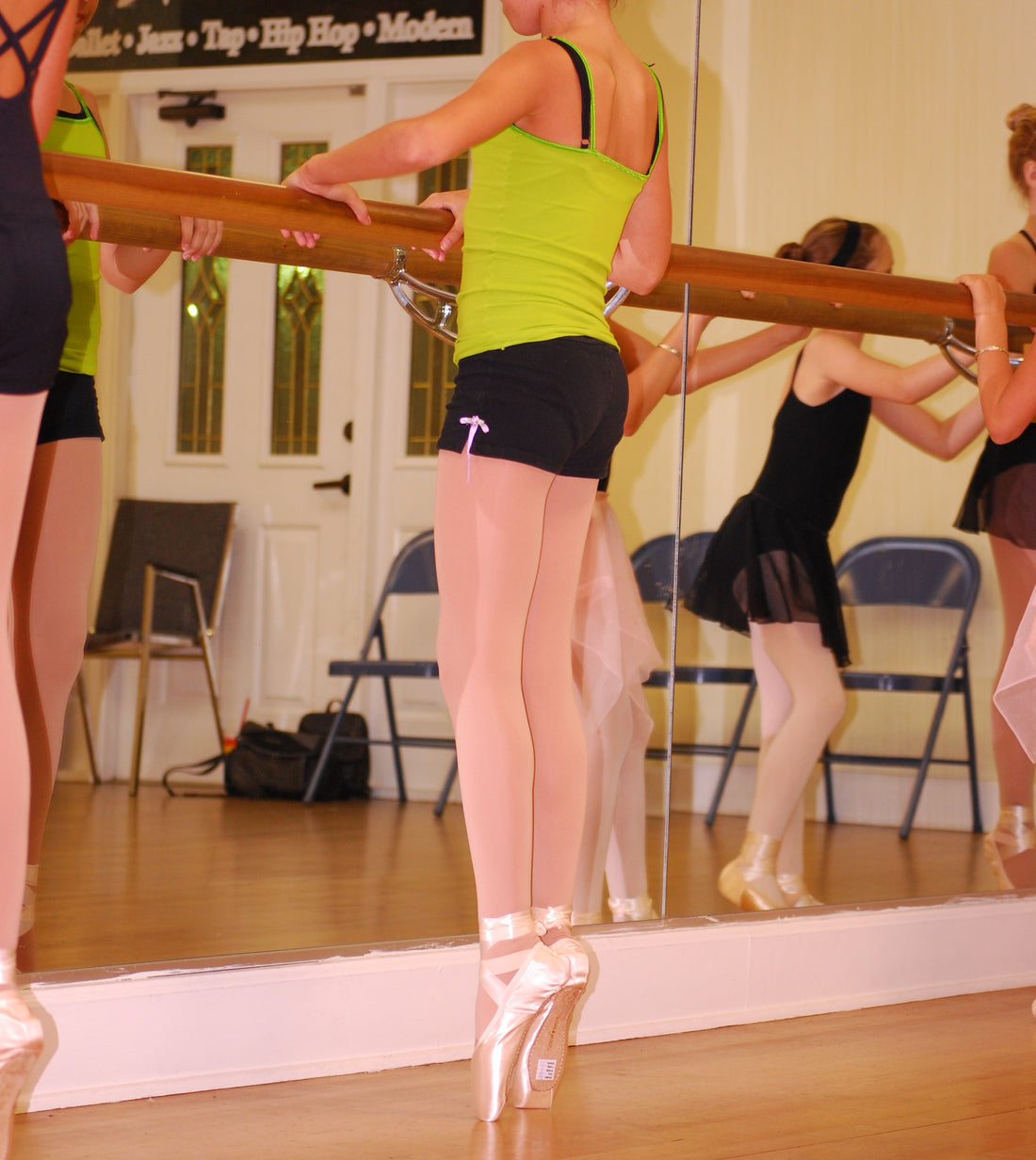Etiquette is not a set of archaic rules, it is a means of making working together easier by providing common ground for groups of people who work, live, or, in this case, dance together. Once a group is familiar with a set of etiquette rules, they have a better means of communicating with each other, and an understanding of boundaries. It makes for much more companionable work in the dance classroom, and prepares dancers for the teamwork necessary to insure the quality of a live performance.
Over time, dance has developed its own culture that makes it unique. Etiquette is part of this culture. Most dancers are taught dance class etiquette as young children in beginning classes. They are taught the appropriate way to behave while in the classroom. Practicing these rules—or etiquette—show respect towards teachers and other students. While these etiquette rules may change from studio to studio, the basics are pretty standard.
23 Helpful Hints for Navigating Dance Etiquette
Over hundreds of years, dance professionals have developed class etiquette to help make a class work, as these rules provide for how to treat each other and insure the safest environment for dancers.
- Be aware of your school’s dress code. Dress codes have been developed to insure that teachers can see how student’s bodies are moving, that clothing doesn’t impinge movement, and that clothing, jewelry, and hair do not create a hazard. Billowing clothing can get caught, large jewelry can cut, and a long ponytail can whack another dancer in the face at a crucial moment.
- Be quiet during class. The atmosphere should be calm to create a soothing environment that is safe for learning.
- Listen to your teacher. If he or she is talking, students should have their ears opened instead of their mouths, unless asking clarification questions. This includes body language, like mimicking or eye rolling. Also yawning. Remember that dance class is not a democracy; the teacher is in charge.
- No food, drinks, or gum chewing during class. However, some classes will allow a water bottle for a drink between barre and floor exercises.
- Do not arrive late or leave early. It is rude and interrupts class for everyone. If an early departure is unavoidable, leave quietly and signal to the teacher that you are gone.
- Pay attention through the entire class. Even if you are not performing.Do not get impatient.Be respectful of teachers and other students.
- Let teachers know about injuries, including a prior or one that happened during class. A prior injury may mean that you may not be able to do everything full out. If you get hurt during class, let your body heal by watching the rest of the class on the sidelines with ice or whatever you need.
- Be aware of space. Take turns with who stands in front during floor exercises, make sure no one is blocked, and that everyone can see himself or herself in the mirror no matter where they are standing. When at the barre, check to make sure you have room for full leg extensions, and on the floor, stay aware so you do not run into anyone.
- Take turns crossing the floor during floor exercises, unless the teacher says otherwise. As when an instructor asks more advanced students to demonstrate a particular combination.
- Maintain a positive attitude. Take criticism as a way to improve. Don’t beat yourself up over a mistake, just work on your weakness between classes and try harder next time.
- Complete all combinations. If you make a mistake, let it go and keep going.
- Don’t lean on the barre. Or lie down.
- Make sure that you have had enough food between school and dance class so you do not run out of steam. Have a snack between the two.
- Be prepared. Know anything you were suppose to have learned. Have the tools and supplies you need to be successful in your class.
- Make sure you use proper hygiene. It seems like a given, but our ‘anything goes’ culture doesn’t always stress cleanliness. It is important for your health and thoughtful of those around you.
- Turn off and stow cell phones and iPods.
- Respect others belongings. And keep all belongings off the dance floor.
- Bring a towel to dry off the barre after you use it.
- No filming unless you are given permission.
- Be gracious to all students, even the ones who are have different skill levels.
- Use the restroom before class.
- Know what a farewell is expected at the end of class. Traditionally, students are asked to applaud and say thank you. Some teachers also have students curtsey.
- Be appreciative of live accompaniment.
Following Etiquette Makes it Better for All
What etiquette does is show respect for others, and helps everyone take a class together with a minimum of conflict. Creating a safe and positive environment allows everyone to learn, grow, and develop his or her personal skills.
Posted by From the Barre on Jul 28th 2018

